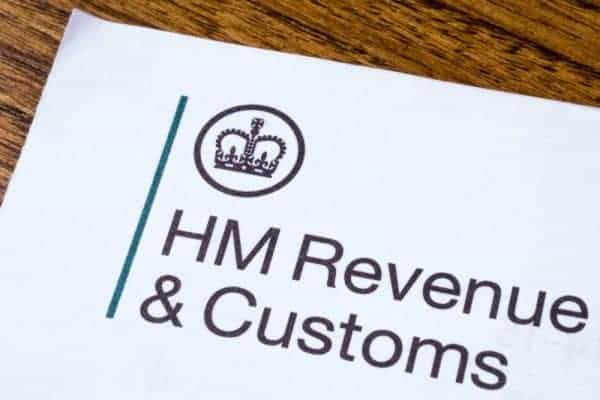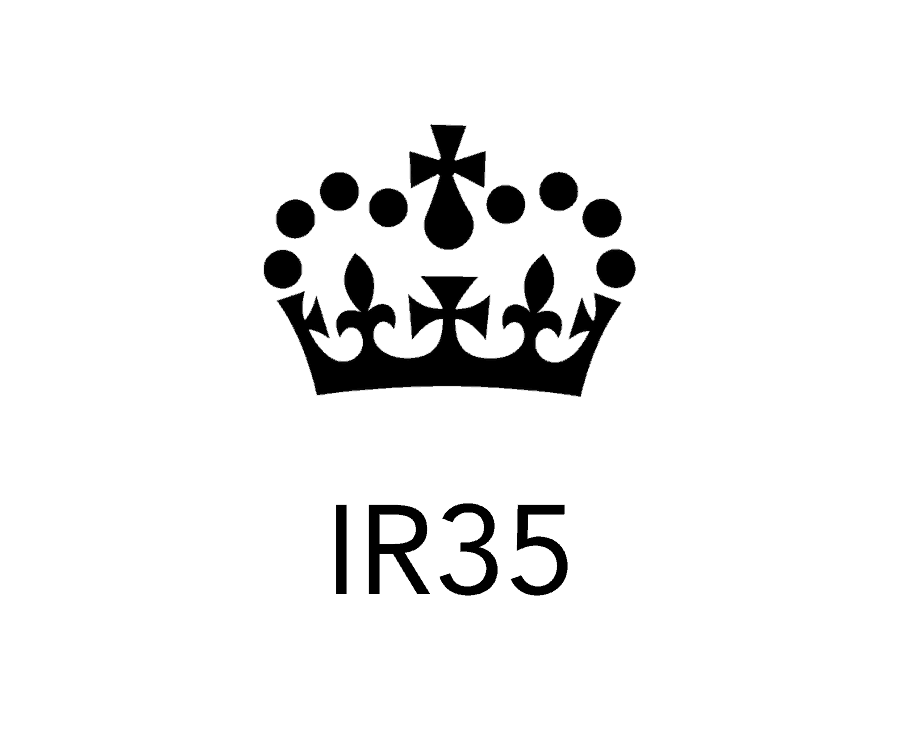IR35 – Background & Guidance for Private Sector
by Conosco on Feb 11, 2020

What is IR35 ?
Many people won’t recall (or they weren’t around at the time) that, in the draft rules which became IR35 in April 2000, HMRC always envisaged that it would be up to the end user clients to decide if their off-payroll workers were what HMRC call “disguised employees”.
If they were then HMRC would expect to receive broadly the same amount of tax and NI as they would have had received had the worker actually been on the client’s payroll.
In the end HMRC changed the rules so that it would be up to the worker (typically engaged via a limited company) to self-assess their IR35 status but now, almost 20 years later and having re-imposed the original rules in the public sector, HMRC are now doing the same in the private sector from April 2020.
How does it affect the Private Sector ?
Under the new private sector rules, medium and large organisations have to inform their freelancers if they believe that their assignments would be within IR35 and they have then to issue a “Status Determination Statement” (“SDS”) setting out their reasons.
A copy of the SDS must be given to the individual worker and to the person with whom the end user contracts. This will usually be the agency, though there may sometimes be multiple parties in the chain between the freelancer’s company and the end user. Where this is so, each person in the chain passes the SDS down the chain until it reaches the person who actually pays the freelancer’s company (the “fee-payer”) and typically this would be the agency.
If the SDS states that the notional direct contract would have been one of employment, then the fee-payer is required to deduct tax and NIC from the payment (exclusive of any VAT) and pay it over to HMRC.
If either the fee-payer or the individual whose services are being provided via the limited company disagrees with the decision of the end user, then they can invoke what is described as the “client-led disagreement process”.
Under this, the end user may be asked to review the decision and to notify the results of that review (either confirming or withdrawing the decision that the rules apply) within 45 days. There is, however, no independent appeal process.
In order to avoid having to engage with their freelancers on employment status issues, many end user clients have simply announced that they will no longer engage directly or indirectly with individual service companies, leaving their freelancers with the choice of joining the end user or the agency’s payroll or joining an umbrella company or other PAYE intermediary. At the other end of the scale some organisations have said that they will review their freelancers on a case by case basis.
You May Also Like
These Related Stories

De-Risking IR35 Complexities with Conosco – Your trusted Tech & Comms Provider
IR35 is the short name used for the ‘intermediaries legislation’, which is a set of tax rules that apply to contractors …

Our New Global Clients: Crabtree & Evelyn and ActionAid
Conosco to deliver strategic Managed IT services to new international clients We are delighted to announce the signing o …

When was your last IT Health Check?
Is our attitude to business IT more like our attitude to visiting the doctor? Many people put off visiting the doctor un …

